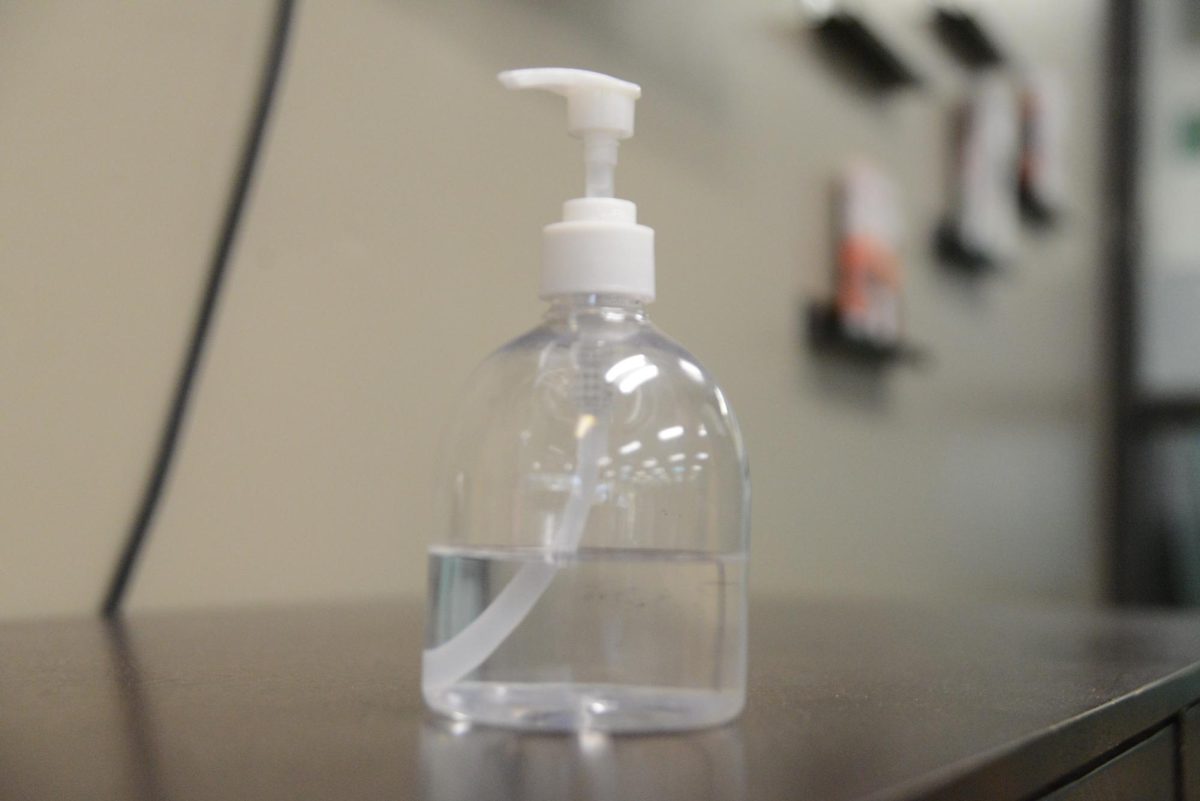A mass increase in illness in Idaho can undeniably be seen during this 2024-2025 winter season.
At first glance, this illness can seem like a common cold, flu, combination.
However after three weeks, and the same symptoms, it is clear to see that whatever virus is going around has a much bigger and longer lasting impact on the community than common colds.
Health authorities such as the Centers for Disease Control and Prevention report that a major increase in influenza-like symptoms have been overtaking North Idaho, as well as Washington and Oregon.
The catch to this illness however, is the coinciding number of absences across the state.
Neighboring school, Priest River, experiences this very same thing. So much so that they temporarily shut down their schools.
Seventh through twelfth grade students and teachers did not go to school on Tuesday, Feb. 4.
The reasoning behind the shutdown comes down to the idea of exposure.
The less students and staff members that are exposed to the illness, the less likely it is to spread to even more people.
While this does momentarily shut down teaching, students are able to catch up on important work on their chromebooks at home.
This also lessens the number of absences.
By “isolating” the school for a day to a couple of days, their district will be able to return almost entirely healthy, and their students won’t be worried about all the missing assignments they have to catch up on.
Lakeland experiences similar trials as Priest River has.
“There have been a lot of people gone this month. That’s another thing if they’re gone, their like gone for a week which is different,” Joshua Ballard said.
While this may seem like something that happens every year, Priest River administration stresses that the numbers in which people are getting absences is larger than almost any year in the past.
Although a total district shutdown may seem extreme, a solution to this sickness is highly sought after.
The average length of the sickness is between one and two weeks.
Missing this much school is impossible though, forcing many students to have to come to school sick.
And if they do miss this much school, while everyone else is still attending, can detrimentally affect the student, leaving them far behind in school work and attendance.
With the schools “nine or less” policy for attendance, many students have no other choice but to come to school sick, in turn affecting those around them.
“The fact that you can spread it to everyone else makes it bad to come to school sick. You don’t know what someone’s home life is like, and if they could get sick or not. Also the consequences if they do get sick,” Cheyenne Peugh said.
The winter season promises many sicknesses. Specifically with the cold weather, and the consistency of exposure to classmates, school in the winter is practically a germ-fest.
Exposure to these illnesses is good for the immune system, although arguments have been made that the influenza-like sickness of this year weakens the immune system leaving people more prone to catching other illnesses and viruses.
The Sloan Kettering Cancer Center did a study on the effects of COVID-19 on patients immune system, and almost every single patient reported having, “Immune dysregulation with lymphopenia and increased expression of inflammatory mediators.”
Similarly to COVID, Influenza can leave the affected with weakened immunity to similar respiratory illness.
This causes patients to continue catching illnesses more commonly, even long after the initial respiratory one that fills the halls of Lakeland today.
Allowing students and staff members to build up their immunity after recovering from the sickness without the stress of absences is the main dream for many at Lakeland.

